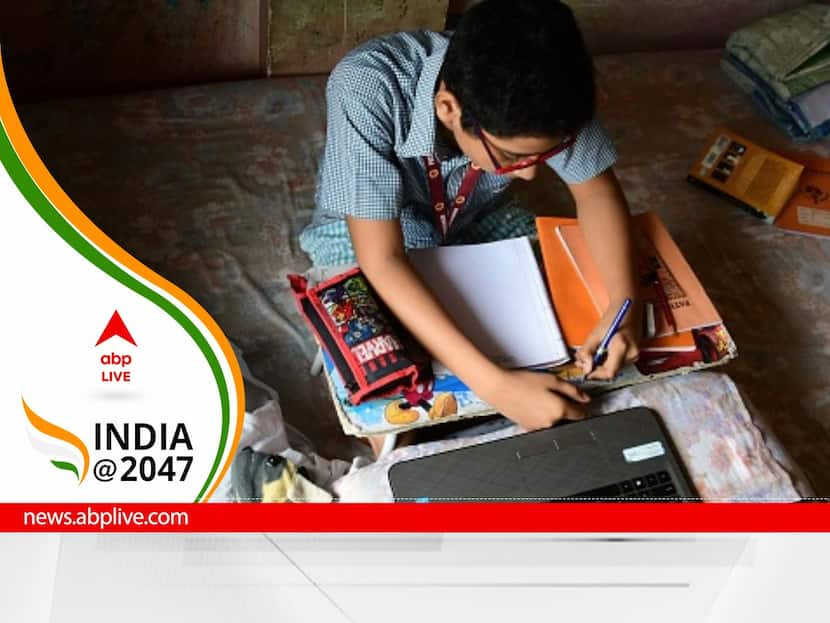Since digitization, technology has not only changed every aspect of our lives but has also transformed the business model in all sectors, and the education industry is no exception. With adoption, all facets of the industry are changing dramatically. Traditionally, the educational scene was limited only to classrooms, but with technological advances, there is a lot of disruption in the sector. In this scenario, smart classes emerge with opportunities to reinvent the educational system in a competitive environment to offer modernized, high-quality learning. techniques. In addition, post-Covid teachers are becoming increasingly capable of handling future technological developments methodically and analytically.
Smart classes are now a must-have for schools if they want to teach in the most effective way possible. With these improvements, both teachers and students are ready to use cutting-edge smart classroom technology to improve teaching and learning and lay the groundwork for the country’s future resources.
Need for a smart classroom
Understanding what is taught requires thinking, reasoning, and other cognitive skills. Teachers can help students understand what they are learning by giving them digital information in the form of videos and pictures. This could help students understand what they are learning better.
Teachers cannot maintain one-on-one connections with students in a traditional classroom. However, teachers now have an inordinate amount of time because they don’t need to write on the board as often as they did before the introduction of smart classrooms. So, teachers can connect with their students better and give them a more personalized learning environment.
Benefits of Technology in Education
Collaboration can be fostered through EdTech tools. Throughout the lessons, students can interact with teachers and with each other. Students collaborate to solve problems, share ideas, and help each other through online environments and educational activities. Students can ask for more help on topics that are hard for them and clear up any questions they have.
Curiosity-driven by engaging content
Expert research shows that teachers can encourage their students’ natural curiosity and inquisitiveness by giving them interesting and educational content. These traits are linked to academic success. Students who want to learn more can interact with other students from all over the world and add videos to their assignments. Additionally, AR, videos, and podcasts can be used to create engaging content.
Enhanced learning experience
For both students and teachers, smart classrooms enhance learning and teaching opportunities. Thanks to technology, students can now access various learning techniques. To help students better understand a concept, teachers can also use technology to transform the text into images, graphs, flowcharts, and animated movies. It helps in the long-term retention of information by students.
Easy access to online resources
An additional benefit that we can get through smart classrooms is easy access to a lot of content that is available online. As online resources and computer systems are coordinated with smart classrooms. Instructors can use computer technical tools to demonstrate virtually any topic. To learn, they can download and print study materials online. There are many great tools available, including platforms, e-textbooks, and apps. It makes it easy for teachers and students to communicate and share information to improve learning outcomes.
final arc!
Using technology as a learning tool can make a big difference in how well students do in school, how they feel about teachers, and how they get along with other students and teachers. Technology can help with higher-order thinking and interactive, self-directed learning, but it works best in environments that allow for a wide range of experiences. Research shows that the best way to improve teaching and learning is through the integration of technology, often referred to as technology-enabled learning.
On the other hand, the theory behind successful technology integration can be found in constructive learning environments that represent learning with technology and encourage students to actively integrate and organize knowledge through internal cognitive connections. As a result, the change in technology effectively puts more emphasis on the need for instructors to upgrade the learning system to accommodate an emerging smart class teaching style.







